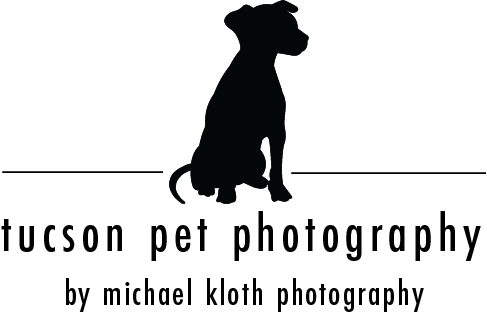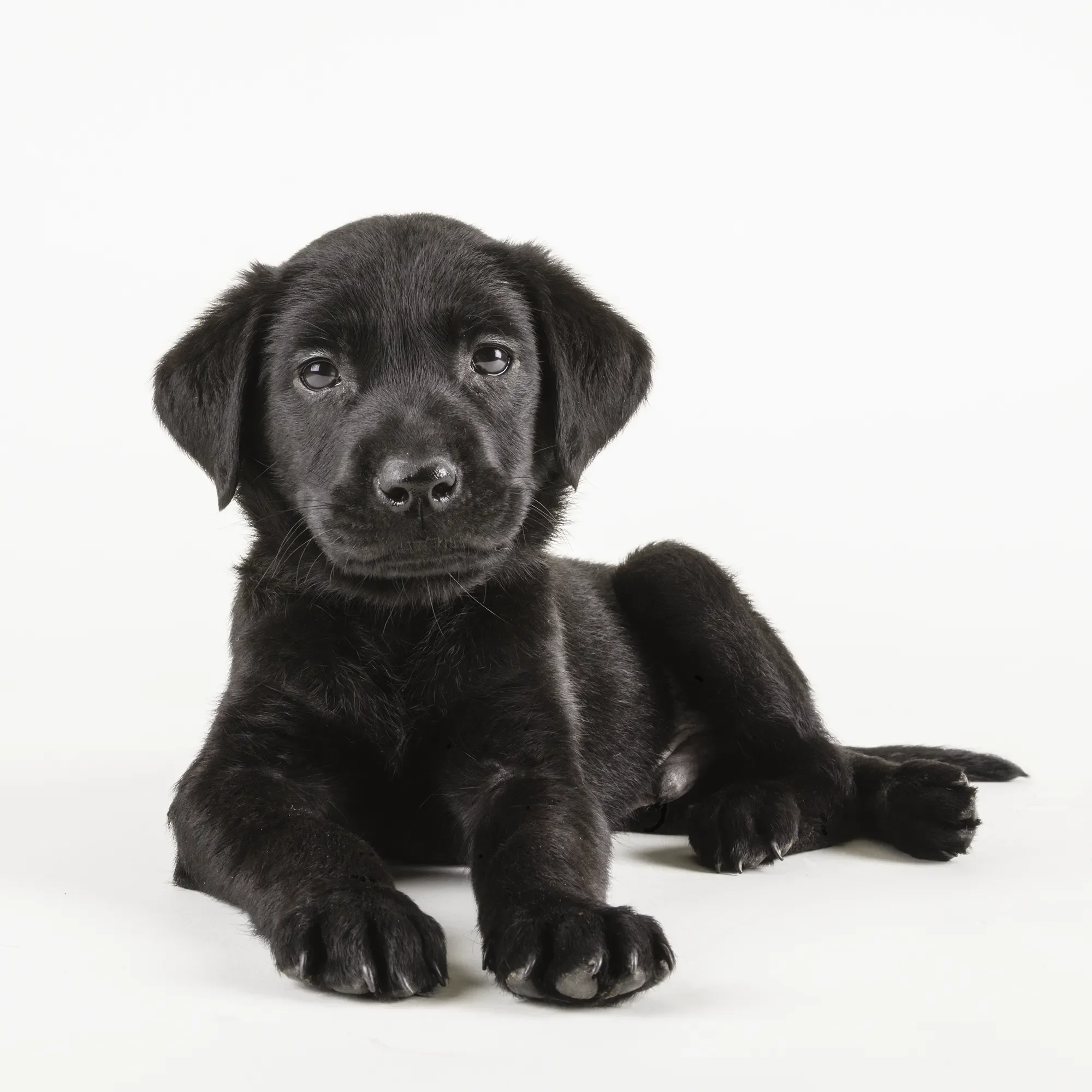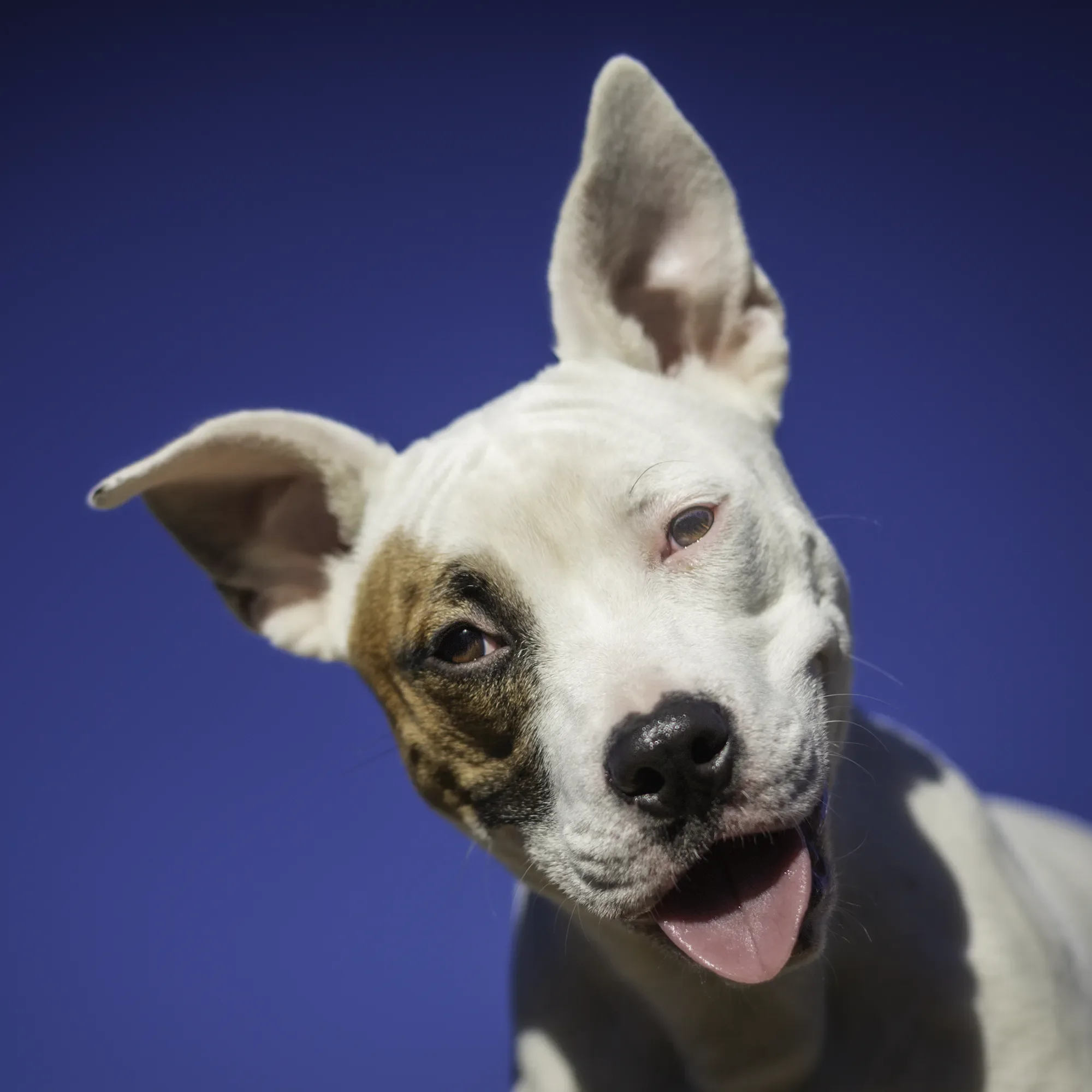Preparing Your Dog for Their Fine Art Portrait Session
Help your pup shine as their best supermodel.
After nearly two decades of photographing beloved companions throughout Tucson, I've learned that the most stunning portraits often come from dogs who arrive slightly tired but happy. The key isn't perfect obedience—it's understanding your dog's personality and working with it, not against it.
The Day Before: Setting the Stage
Skip the bath. I know this sounds counterintuitive, but your dog's natural oils create that beautiful coat texture that photographs so well under professional lighting. If your pup absolutely needs cleaning, do it at least two days before our session. I've seen too many freshly bathed dogs with flyaway fur that refuses to lay properly, even with my mobile studio lighting setup.
For grooming appointments, plan them at least a week before our session—ideally longer. I've had to postpone several sessions over the years because of poorly executed grooming that left dogs with uneven cuts or awkward lines that would be distracting in fine art portraits. More importantly, your dog should look like you expect them to look in their regular life. Years later, you'll appreciate that your portraits "look like him" rather than capturing how they only look when they come home from the groomer. A fresh grooming cut needs time to settle and grow out slightly to look natural under professional lighting.
Instead of last-minute grooming, focus on a good brushing the day before. This removes loose hair (less cleanup for both of us) and helps their coat lay naturally. For long-haired breeds especially, this makes all the difference in how light plays across their features.
Let your dog have a bit of fun before the session - just not too much fun to the point that they need a nap.
The Morning of Your Session
Here's what works: exercise, but don't exhaust them. A longer walk or extra playtime helps burn off that initial excitement energy. Think "pleasantly tired" rather than "completely wiped out." I need them alert enough to respond to gentle direction and treats, but calm enough to settle into poses.
Feed them their normal breakfast, but maybe hold off on the extra treats until our session. I'll bring high-value rewards that often work better when they're not completely full.
What to Bring (And What to Leave at Home)
Bring their absolute favorite treats—the kind they'd do anything for. In my mobile studio setup, I often use treats not just for rewards, but to direct their gaze naturally. That gorgeous eye contact you see in my gallery pieces? It usually starts with a small treat held just above my lens.
Favorite toys can work beautifully as props, especially if they have sentimental value. I once captured a beautiful portrait of a dog with their beloved fluffy toy, and it perfectly showed their gentle, playful nature. But if your dog gets overly excited or possessive with toys, we can skip them.
Leave anxiety-inducing items at home. If your dog associates certain collars with vet visits or gets worked up by specific sounds, today isn't the day for those triggers.
Managing Expectations (Yours and Theirs)
Every dog has an attention span, and I work within it. Some dogs are ready for close-ups immediately; others need time to investigate my equipment and settle in. This is why I bring my full mobile studio to you—your dog stays in their comfortable environment while I create controlled, professional lighting.
Don't worry if your dog isn't a trained model. Some of my most compelling portraits feature dogs being authentically themselves—head tilts, curious expressions, even the occasional tongue hanging out. My job is to capture their personality, not force them into uncomfortable poses.
Working with Different Personalities
The Anxious Dog: We'll take extra time. Sometimes I'll set up my equipment and just sit quietly, letting them approach at their own pace. The mobile studio advantage means no strange new environment to stress about.
The Energetic Dog: Perfect! That enthusiasm often translates to alert, bright-eyed expressions. We'll channel that energy into beautiful, lively portraits.
The Senior Dog: These sessions hold special meaning. I adjust my approach completely—lower positioning, extra patience, and often working around their comfort preferences. Some of my most treasured pieces feature older companions whose wise eyes tell incredible stories.
The Technical Side (That You Don't Need to Worry About)
While you're focused on keeping your dog comfortable, I'm managing the lighting ratios, watching for catchlight in their eyes, and adjusting my camera settings for their coat color and texture. Dark-coated dogs need different lighting approaches than light-coated ones—knowledge that comes from years of experience and my MFA training in studio lighting.
Day of the Session: Trust the Process
When I arrive with my mobile studio equipment, your dog might be curious about the lights and gear. This is normal and actually often helps them settle as they investigate. I'll take time to let them get comfortable with me and the setup.
Remember, some of the most beautiful moments happen between the "official" poses—when they're relaxed, being themselves, making eye contact naturally. This is where that artistry meets compassion philosophy really shows in the final images.
A Personal Note
Through my volunteer work with Pima Animal Care Center and the Humane Society, I've learned that every dog has a story worth telling through fine art photography. Whether you're celebrating a new puppy, honoring a senior companion, or simply wanting to capture this moment in your shared journey, the preparation matters less than the connection we create during our time together.
Your dog doesn't need to be perfect—they just need to be themselves. That's when the real magic happens.
Ready to create museum-quality fine art of your beloved companion? Contact me at (520) 301-3340 or visit tucsonpetphotography.com to learn more about our session options throughout the Tucson area.


